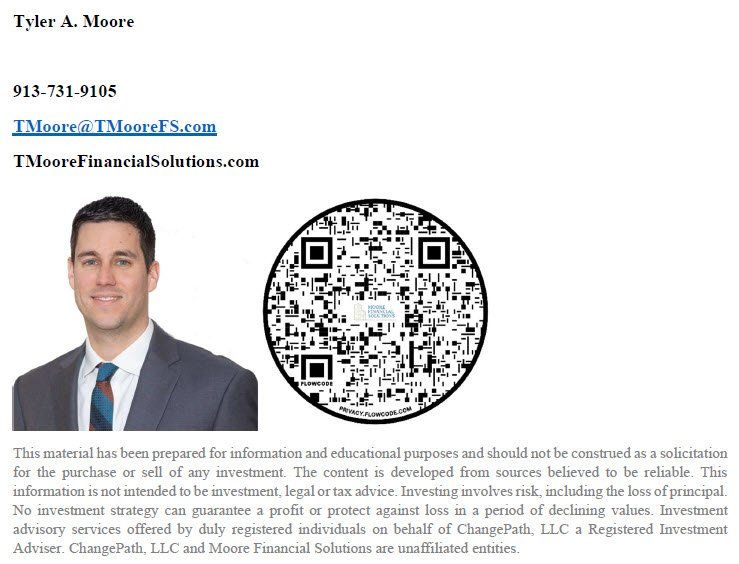A volatile start to 2022 sent the S&P 500 4.95% lower in the first quarter (1). This downturn seems based on the Russian invasion of Ukraine and Federal Reserve interest rate increases, among other factors. In our most recent quarterly review, we projected “2022 might remind equity investors that, in order to get long-term returns, one must accept near-term volatility,” with the idea that earnings growth could slow. We continue to urge equity investors to keep a long-term perspective, even on short-term movements in the market. Q1 ’22 was particularly harder than usual on a balanced portfolio (a portfolio of stocks/bonds instead of a fully stock portfolio) due to interest rates increasing. Bonds historically offer a more conservative asset during stock market decreases, often having positive growth years when stocks are down (2). Generally, bond funds lose share price when interest rates rise. This can be illustrated by the iShares 20+ Year Treasury Bond exchange traded fund (ticker symbol TLT)
decreasing by 10.87%, as it moved from 148.19/share to 132.08/share in Q1 ’22 (3). This quarterly review aims to highlight the Russian invasion of Ukraine, Federal Reserve interest rate increases, oil price increases, and the Moore F.S. approach to navigating markets.
On February 24th Russia invaded the neighboring country of Ukraine (4). This forecasted action confirmed the fears of many and sent shockwaves through equity markets. The S&P 500 declined 4.16% in the five trading days leading up to and including February 24th, representing most of the Q1 declines (5). As this invasion continued, economic impacts were felt in addition to the tragedy in Ukraine. On March 8th, 2022, President Biden signed an executive order to ban the import of Russian oil, liquified natural gas and coal to the United States (6). Russian oil accounts for less than 2% of the United States oil supply, making this an option to the United States. This issue is not as simple in the European Nations where approximately half import most of their oil, and of that imported oil, an average of 20% comes from Russia (7). We view the economic impacts of this crisis in a more minimal lens compared to the humanitarian factor. As your trusted fiduciary though, we must include this in our strategies conversation. More conversation of how oil price increases may impact United States inflation will follow in this review.
In Q1 of 2022 the Federal Reserve continued to position interest rates higher by raising rates. Additionally, free markets positioned interest rates much higher, as global investors prepared for these well-hinted interest rate increases. In Q1 the 10-year United States Treasury moved higher, as predicted in our last quarterly review. The 10-year United States Treasury closed 2021 at 1.514% and moved .825% higher within Q1 ‘22 to end at 2.339% (8). This increase, in our opinion, symbolizes the United States becoming stronger, and no longer needing the “life support” of near 0% interest rates. In many cases these 0% interest rates led to a negative real interest rate, as interest rates were lower than inflation. This created a situation where borrowing could easily occur to finance purchases, and in many cases, we believe, made more sense than paying out of pocket. While the economy is strong, we think it is necessary to increase rates for two reasons; to not let the economy overheat, potentially leading to long term sustained inflation, and to recreate an emergency cushion if interest rates need to be further reduced. Our view is long-term low rates allowed United States and global consumers to purchase more, as their overall financed payments stayed low. For example, a nicer vehicle can be purchased within a $500 monthly budget at 3% interest rates compared to 5% interest rates. In April 2020, after the pandemic outset, the nations’ personal saving rate (the percentage of overall disposable income that goes into savings each month) jumped fourfold from its February 2020 level to 34% (9). In our opinion,
this accomplishment made low interest rates less necessary. We believe this meant the Federal Reserve could tighten monetary policy and raise interest rates. Moreover, as consumers competed for a limited supply of goods with cheap money, inflation increased. We believe that with inflation taking off, the Federal Reserve should tighten. The Federal Reserve aims to guide the economy into a “soft landing”, instead of overshooting within interest rate policy increases. Moore F.S. sold all holdings of iShares Investment Grade Corporate Bond Fund ETF (ticker symbol LQD) on March 22nd, 2022, in preparation for a rise in interest rates which would decrease the share price of bond funds. We think bonds continue to play a role in portfolios when appropriate. In our opinion, investors with a long-time horizon and a tolerance for risk should not be positioned in bonds especially as equities now offer a lower entry point.
We believe that in this global economy of 2022, as fuel prices surge, the cost increases will pass to consumers. As consumers shoulder these increased costs, they’ll reduce savings rates and likely reduce gross domestic product numbers. In Q1 2022 President Biden announced a plan to use 1 million barrels of oil per day from the United States strategic petroleum reserve. This effort to increase supply in hopes to not harm demand (keep prices low so consumers continue to get out and spend money) marks the largest per day withdraw of the S.P.R. in history. 1 million barrels per day represents approximately 5% of the oil consumed in the United States each day. Oil futures for prices within 2022 decreased while oil futures for 2023 increased in price. This may be markets assuming the S.P.R. will be replenished sometime in 2023. We believe United States oil companies are attempting to learn from their mistakes in the previous cycle. In the last cycle of oil price spikes, oil well development commenced. This expansion of drilling on United States soil was costly, and oil prices needed to stay high for many years to make these projects worthwhile. As artificial extraction, like fracking, increased production in previously less fertile areas, it allowed the United States to bring more oil to market, driving the price lower. As these prices fell, oil revenues for many producers fell sharply too, and some of these companies soon after were out of business. This current cycle shows United States energy companies not as eager to expand, as they potentially aim to learn from their mistakes. Moore Financial Solutions holds energy stocks commonly through the S&P500, as energy is a sector of the broadly diversified S&P500 exchange traded fund, which continues to be our largest holding. We wish to only be sector- weighted into energy and fear adding larger holdings of energy could be harmed in the potential move away from fossil fuels. In our view, energy price increases leaving consumers with less discretionary income has replaced Covid-19 as one of the leading risks to our economy/markets.
When your market value fluctuates there is an emotional impact that is felt, to this there is no doubt. I’m right alongside of you in these times, and I care about your account value with a similar intensity that you do. For almost ten years now I’ve been saying, “I wish the market just went straight up.” My goal is to have trained all my clients that a straight up market is never going to happen, and if it feels like it is happening of recent you might be nearing the end of that cycle. Equities (stocks) are continually being repriced as investors analyze a company’s ability to generate earnings over many years to follow. Our strategy is to primarily hold investments that we feel will bounce back, like a well-diversified S&P500 exchange traded fund as an example. To echo last quarter’s review, we believe trying to time a downturn and move between various investments may be costly, and we aim to hold tight in equities, when applicable. We’d aim to remind clients that ownership of stock is designed to be a long-term hedge against inflation and for most long-term investors it is a necessary means to provide for a future goal. I’m always eager to discuss changing goals or answer any questions you may have. In addition, I am committed to your goals, and it continues to be with great pride and responsibility that I am your fiduciary.






